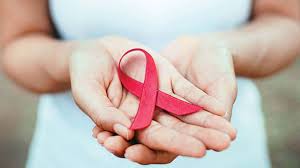
Clinical trials have shown that using effective antiretroviral therapy (ART) to consistently suppress plasma HIV RNA levels to <200 copies/mL prevents transmission of HIV to sexual partners. When ART is used to prevent HIV transmission, this strategy is called treatment as prevention (TasP), commonly known as Undetectable = Untransmittable or U=U.
The Panel on Antiretroviral Guidelines for Adults and Adolescents (the Panel) has added a new section to help providers integrate TasP into their clinical practice. The key recommendations include:
- Providers should inform persons with HIV that maintaining HIV RNA levels <200 copies/mL with ART prevents HIV transmission to sexual partners (AII).
- Persons starting ART should use another form of prevention with sexual partners for at least the first 6 months of treatment and until an HIV RNA level of <200 copies/mL has been documented (AII). Many experts recommend confirming sustained suppression before assuming that there is no risk of sexual HIV transmission (AIII).
- Persons with HIV who rely on ART for prevention need to maintain high levels of ART adherence (AIII). They should be informed that transmission is possible during periods of poor adherence or treatment interruption (AIII).
- Providers should inform patients that maintaining an HIV RNA level of <200 copies/mL does not prevent acquisition or transmission of other sexually transmitted infections (AII).

